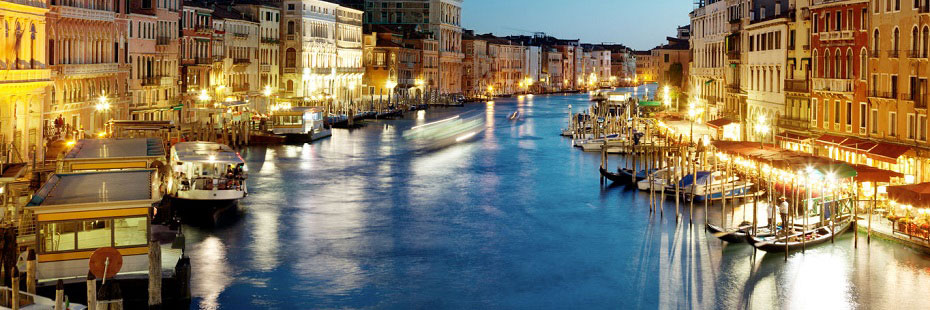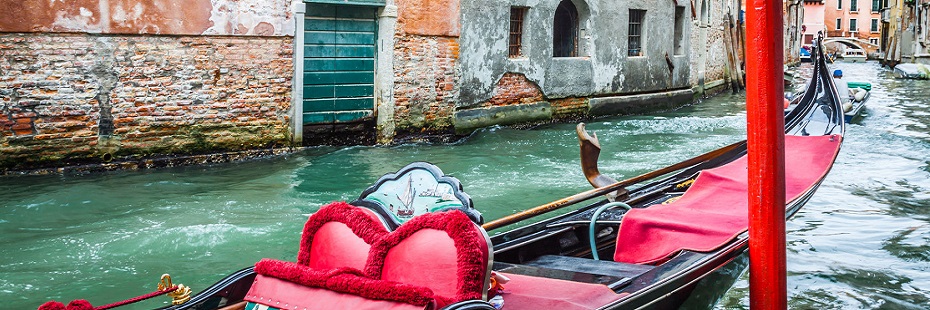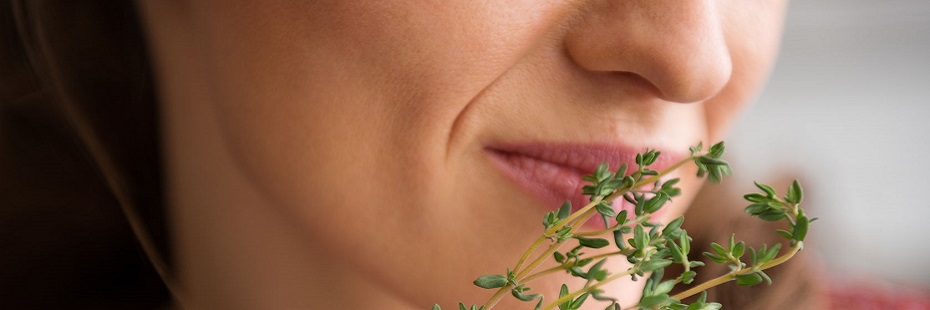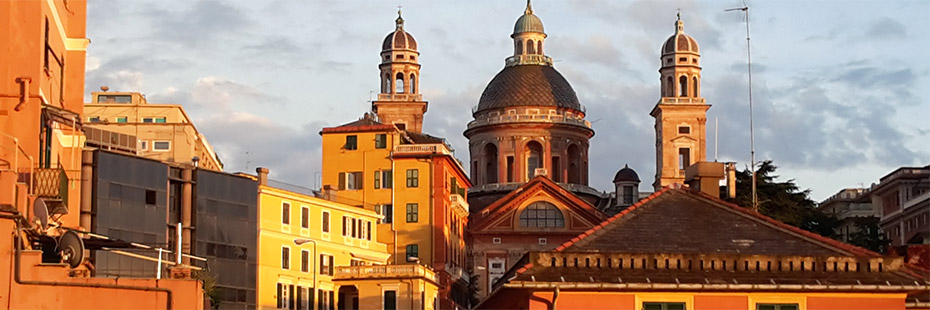"Pompei" di Gaither Stewart
| Pompei: un monumento di 2500 anni. La cima coperta di neve del monte Vesuvio è già visibile mezz’ora prima che raggiungiamo Pompei. Il famoso vulcano torreggia su Napoli e Pompei, silenzioso, limpido, perfetto, in contrasto con l’incontrollata devastazione urbana causata dall’espandersi di Napoli, dove l’uomo e la natura sembrano in guerra. | Pompei: a 2500 year old monumen. The snow covered summit of Mount Vesuvius has been visible for half an hour before we reach Pompei. The great vulcano towers there above Naples and Pompei, silent, limpid, perfect, in contrast with the uncontrolled urban havoc of the sprawling Naples area, where man and nature seem to be at war. |
 |
|
| Enzo sta aspettando sull’affollata piazza di Pompei-"Scavi", uno dei siti archeologici più importanti d’Europa, e uno dei maggiori musei italiani, con un milione e mezzo di visitatori all'anno. La "Circumvesuviana", il treno che serve tutta l’area da Napoli a Sorrento, fischia nell’arrivare alla stazione di Pompei. I negozi di souvenir invitano ad entrare, i ristoranti si preparano al pranzo. Solo Enzo, la nostra coraggiosa guida, ci salva dall’attacco di faccendieri e accaniti posteggiatori che sciamano intorno alle macchine in arrivo dall’autostrada Napoli-Salerno. | Enzo is waiting on the busy square at Pompei-"Scavi", Europe's most important archeological excavation, and Italy's major museum with 1.5 million visitors a year. The "Circumvesuviana" train serving the whole area from Naples to Sorrento whistles in arrival near the Pompei station. Souvenir shops beckon, the restaurants are readying for lunch. Only our brave guide Enzo saves us from the attack of hucksters and competitive parking attendants who swarm around cars arriving from the Naples-Salerno autostrada. |
| Entriamo nella Pompei vecchia attraverso Porta Marina Superiore, e l’impatto è immediato: meraviglia, stupefazione. Se ne legge tanto, ma non si è mai preparati alla realtà. Pompei non è Disneyland. Non è la vecchia piazza ricostruita di Varsavia, e neanche il Römer di Francoforte. È un’intera città latino-romana conservata come era duemila anni fa. | We enter old Pompei through the Porta Marina Superiore entrance, and the impact is immediate: amazement, stupefaction. You have read about it, but are still not prepared for the reality. Pompei is no Disneyland. Nor the reconstructed Old Square in Warsaw, nor the Römer of Frankfurt. It's an entire Latin-Roman city conserved the way it was 2000 years ago. |
| Prima che fosse coperta da ceneri e lapilli, nell’apocalittica eruzione del Vesuvio del 24 Agosto dell’anno 79 d.C. Le stesse strade, piazze, negozi, case, taverne, banche, teatri e quartieri a luci rosse, tutti i posti di una ricca città di quasi 10.000 abitanti. Persino i corpi dei pompeiani, in fuga dalla fine del mondo che esplodeva su di loro, sono stati preservati. | Before it was covered by ashes and stones in the apocalyptic eruption of Vesuvius on August 24 of the year 79 a.d. The same streets, squares, shops, houses, taverns, banks, theaters and red light district, all the places of a rich city of nearly 10,000 inhabitants. Even bodies of people of Pompei in flight from the end of the world exploding over their heads are preserved. |
| Fu la vendetta degli dei. Sodoma e Gomorra, come scrisse un ebreo sulla sua porta di casa. Per tre giorni e due notti il Vesuvio sfogò la sua collera. Per i pompeiani fu inutile cercare rifugio nella vicina Ercolano, perché la piccola cittadina, più vicina al vulcano, era già stata sommersa dalla lava. Solo i pochi che vollero abbandonare le proprie cose furono in grado di salvarsi. Sia la città che la sua ricca classe di commercianti furono seppellite da dieci metri di lapilli, portati dai potenti venti del Vesuvio impazzito a nove chilometri di distanza. | It was the revenge of the gods. Sodom and Gomorrah, one Hebrew wrote on the walls of his house. For three days and two nights Vesuvius poured out its wrath. Useless for Pompeians to run for Ercolano, for the smaller town nearer the vulcano was submerged under lava. Only the few willing to abandon all possessions escaped. Both town and its rich trading class were buried together under ten meters of lapilli carried by powerful winds from the maddened Vesuvius nine kilometers away. |
| Quando Pompei fu scoperta il secolo scorso, era tutto là. Cosi come lo era l’agosto fatale di 1800 anni prima. Le lunghe strade lastricate di pietra, le basiliche, il foro, le ville eleganti con raffinati mosaici e affreschi, i bagni pubblici e i grandi magazzini, pieni di oggetti di una ricca popolazione di commercianti. Un autentico spaccato di questa antica popolazione latina, fino ai tubi di piombo che rifornivano Pompei di acqua corrente. | When Pompei was then uncovered last century, it was all there. Just as it was that fateful August, 1800 years earlier. The long, stone- paved streets, the basilicas, forum, elegant villas with exquisite mosaics and frescoes, public baths and great warehouses filled with all the objects of a rich commercial people. A detailed look at this old Latin people, down to the lead piping that furnished Pompei running water. |
| Se finora sono stati scoperti 66 ettari della città, la nostra esperta guida, il napoletano Enzo Baguzzi, ritiene che molte delle parti più interessanti siano ancora da scoprire, e che si trovino al di fuori dei perimetri delle mura della vecchia città. | If 66 hectars of the city have been uncovered, our expert guide, the Neopolitan Enzo Baguzzi, claims that much of the most interesting parts are still underground, outside the old city walls. |
| Pompei è unica perché l’eruzione è avvenuta talmente in fretta che tutto è rimasto come era. Da cui le grandi quantità di oggetti di vita quotidiana, una testimonianza dello stile di vita dei primi Europei. Oggetti per la casa, mobili, vasi, arte. E oltre duemila pompeiani, uomini, donne e bambini, con i loro schiavi e concubine, sono stati ricostruiti versando plastica liquida nelle cavità lasciate dai loro corpi. Come le tredici persone trovate, nel 1962, nel giardino in cui le loro tre famiglie avevano cercato rifugio prima di essere ricoperte di cenere. | Pompei is unique in that the eruption came so quickly that everything has remained the way it was. Therefore the great quantities of objects of everyday life, a testimony to early European life style. Household utensils, furniture, storage vases, art. And over 2000 Pompeians, men, women and children and their slaves and concubines have been reconstructed by pouring liquid plaster of Paris into the cavities formed by their bodies. Like the 13 people found in 1962 in a garden where the three families had sought shelter before being covered by ash. |
| Dopo centinaia di visite, Enzo è affascinato maggiormente dall’aspetto umano della tragedia. "Ci si chiede perché non siano scappati in cerca di salvezza" rimugina lui, mentre noi fissiamo i plastici dei corpi. "La maggior parte non poteva sopportare l’idea di abbandonare i propri beni. Poi erano superstiziosi: non avevano neanche finito la restaurazione della città dopo il terremoto del 62 d.C. Pensarono che fosse la punizione degli dei". | After hundreds of visits, Enzo is most fascinated by the human aspect of the tragedy. "You wonder why they didn't run for salvation," he muses, as we stare at those plaster bodies. "Most couldn't bear to abandon their possessions. Then they were superstitious, they hadn't even finished restoration of the city after the earthquake of 62 a.d. They thought it was punishment of the gods." |
| Si nota immediatamente la vita lussuosa dei pompeiani. Ricchi, colti e vanitosi, avevano schiavi che li servivano, mentre loro si dedicavano al lavoro e al gioco. | We see first hand the Pompeians' high life. Prosperous, cultured, and vain, they had their slaves to serve them, while they dedicated their own lives to work and play. |
| Come il lusso delle terme pubbliche. Le terme del Foro, le terme centrali di via Stabia e via dell’Abbondanza, con riscaldamento centralizzato, piscine e palestre, e sofisticati bagni di acqua tiepida, calda e fredda con i muri affrescati. | Like the luxury of the public baths. The Forum baths, the central baths on Via Stabia and Via dell'Abbondanza, centrally heated with swimming pools and gymnasiums, and sophisticated tiepid, warm, and cold water baths and frescoed walls. |
| Il posto favorito di Enzo è la casa dei fratelli Vetti, due mondani, intraprendenti scapoli, con i loro nomi inscritti sul muro esterno. I dettagli di questa casa romana sono stati ricostruiti come documento storico dal professor Concitelli, direttore degli scavi di Pompei: atri e stanze da letto, giardini, piante, panche e le stanze dell’erotismo nell'ala della servitù con numerosi falli affrescati, simbolo popolare assai diffuso a Pompei. La scena più famosa, raffigurata nell’entrata principale, è quella di Priapo che misura il suo enorme pene. | Enzo's favorite is the house of the Vettii brothers, two high-living, swinging bachelors, their names inscribed on an outside wall. The details of this Roman house have been reconstructed as a historical document by Pompei excavations director Professor Concitelli: atriums and bedrooms, gardens, plants, benches and the room of erotism in the servants quarters with numerous frescoed phalluses, the popular symbol found everywhere in Pompei. The most famous scene is that of Priapus weighing his enormous penus, depicted in the main entrance. |
| Falli incisi nelle pietre di pavimentazione stradale, come segni direzionali. Il fallo era usato contro il malocchio. Simbolizzava fertilità e ricchezza. Ma rappresentava anche le salutari abitudini sessuali dei nostri avi pompeiani. I loro alberghi e taverne erano devoti al sesso. I loro bordelli sono ancora là , i "lupanari", nel quartiere a luci rosse perfettamente conservato, in via dei Lupanari. | Phalluses engraved on street paving stones, like directional signals. The phallus was used against the evil eye. It symbolized fertility and wealth. Yet, it underlined the healthy sex attitudes of our Pompeian ancestors. Their inns and taverns were devoted to sex. Their brothels are still there, the "lupanare", in the perfectly preserved red light district, on Lupanare Street. |
| Se Enzo ha un atteggiamento positivo verso le abitudini sessuali dei pompeiani, è altrettanto affascinato dal "piombo" di Pompei. La produzione di piombo era molto diffusa. I pompeiani usavano gran quatità di piombo. Per tazze e pentole, e per i tubi dell’acqua. Una ricerca del National Geographic del 1985 portò alla luce molti casi di avvelenamento da piombo. E il piombo è ora considerato una delle cause della decadenza dell’Impero Romano: forse Nerone e Caligola impazzirono per avvelenamento da piombo. | If Enzo has a good attitude about Pompeian sex habits, he is also intrigued by Pompeian "lead." Lead production was common. The Pompeians used a lot of lead. For cups and cooking pots, and for their water pipes. A National Geographic study in Pompei in 1985 discovered many cases of lead poisoning. And lead is now considered one of the reasons for the decadence of the Roman empire: maybe both Nero and Caligola were maddened by lead poisoning. |
| Ci attardiamo nel retro della casa dei fratelli Vettii per ammirare il rosso Pompei degli affreschi. Qui, e nella Villa dei Misteri fuori mura, si può vedere quella specialissima tonalità di rosso che poi rimane impressa come un profumo, o una sensazione. Indimenticabile. | We tarry in the back rooms of the Vettii brothers to absorb the Pompei red of the frescoes. There, and in the Villa of the Mysteries outside the walls, you see that very special shade of red that then stays with you like a familiar smell, or a sensation. You never forget it. |
| Siti relativi: | Related sites: |
21 Agosto 2025
TESTIMONIAL (more...):
"I have to say how much I am appreciating your help and support in this course. I have over the years felt quite isolated in my learning ..."







